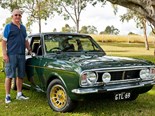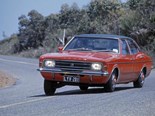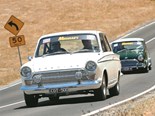1972-1982 Ford Cortina TC-TF - Buyer's Guide



|
Adapting overseas designs to suit local conditions saw some work a treat while others missed the mark
Ford Cortina TC-TF
Ford Australia built a lasting and successful business from adapting overseas designs to suit local conditions. Some worked a treat, others didn’t quite hit their mark and the six-cylinder Cortina ranks in the latter category.
Since 1969 Holden’s six-cylinder Torana dominated medium-car sales. Ford’s response didn’t come until 1972 and was to modify its recently released TC Series Cortina so it could accept a six-cylinder engine lifted straight from the larger Falcon.
| 2017-18 Market review: Ford Capri V6/Cortina TC-TD six/Sierra RS
Six-cylinder Cortinas came in three levels of trim (L, XL and luxurious XLE spec) with 3.3-litre engines for base models and 4.1 litres further up the pricing structure. Most TC and the revised TD Cortinas sold with automatic transmission but three and four-speed manual gearboxes available. The 4.1 with a four-speed was a gutsy performer.
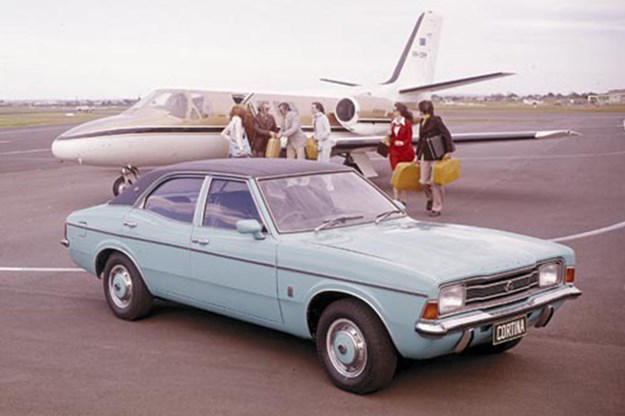
Top speed when given sufficient road to cope with a monster 2.76:1 final drive ratio was 183km/h. That put the Cortina 6 within striking distance of the 302 cubic inch, four-speed Falcon. It also offered similar mid-range acceleration but delivered fuel consumption at least 25 percent better than the V8’s.
| Read next: Ford Cortina TC-TD review
What it didn’t do was handle. Well not sufficiently to satisfy the needs of people who were buying GTR Toranas. Ford did the best it could; redesigning the firewall so the engine sat well back in the bay, beefing up strut towers and suspension components. However that extra 60kg ahead of the passenger area made for heavier steering and lower levels of grip, especially on wet roads.
1977 brought the TE version with a more angular shape and a new model descriptions. Volume buyers went for the GL, usually with the less powerful 3.3-litre engine, while those wanting luxury, performance or both went for the top-spec Ghia. Velour seats, an uprated dash, alloy wheels and a standard radio (but no cassette player) helped separate the higher-priced Ghia from the vinyl-trimmed GL.
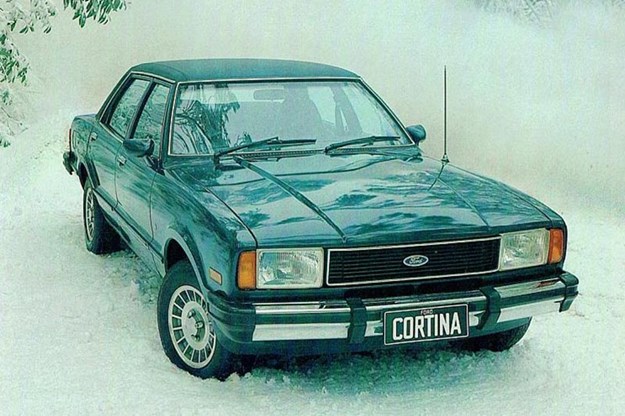
2018 VALUE RANGE Ford Cortina
Fair: $3500
Good: $10,000
Excellent: $17,500
(Note: concours cars will demand more)
MARKET REVIEW
Six-cylinder Cortinas have crept up on other models in the market while their backs were turned and the money being sought for outstanding cars is now quite significant.
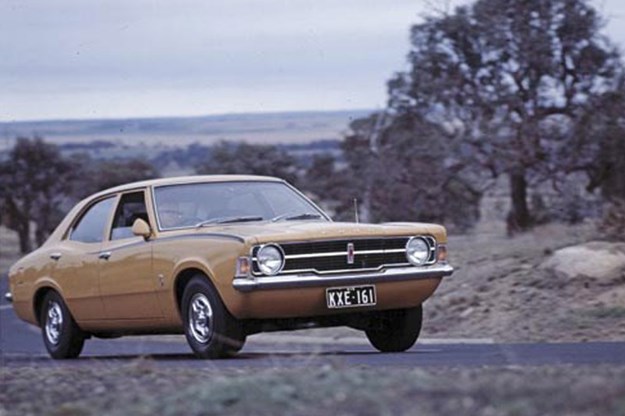
BODY & CHASSIS
Avoiding a rusty Cortina is the best strategy however help is available provided a car doesn’t have serious structural problems. New panels are available from suppliers in the UK but at $500 and upwards plus freight they might not represent value against local ‘refurbished’ items starting at $200. Check window surrounds, the floors and inner sills for seriously costly rust then the rest. Spare lights, indicator lenses, the correct grille for your model and even body embellishments appear almost everywhere and prices seem very reasonable. Replacing bumpers could mean delving in to the used market or spending $350 plus freight (each) to source new ones from the UK.
ENGINE & TRANSMISSION
Six-cylinder, ‘iron head’ Falcon motors are simple and generally reliable. They can of course be modified and tuned to deliver considerably improved performance and lend themselves to turbocharging. Even a worn motor can be repaired cheaply or replaced if too much is needed. If it’s good and some extra performance is your aim, a set of extractors, replacement carburettor and cylinder head modification can all be accomplished for $3000 or so. Make your normal checks for exhaust smoke, oil in the water or vice versa, lubricant and coolant leaks, but if you find any don’t be put off. The Borg-Warner gearboxes and auto tranny are durable as well.
SUSPENSION & BRAKES
Plenty has been written about how hard life was for the front end of six-cylinder Cortinas. Some have been deliberately lowered, others are just suffering from sagging springs and struts in need of renewal. If it thumps, rattles or bounces there will be money to be spent, however anything that needs to be replaced will be available and not particularly costly. Brakes can be an issue with wheels quite randomly locking under only moderate pedal pressure. Nose-dive under braking and wandering on uneven surfaces are traits of these cars and you can spend a lot trying to eradicate problems that were there in the design phase.
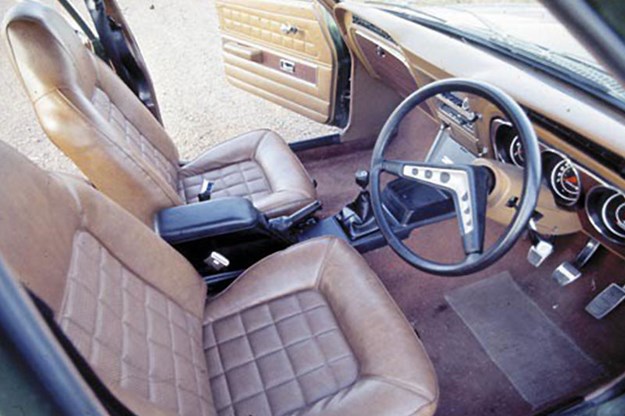
INTERIOR & ELECTRICS
If a Ghia is suffering with worn, torn or shabby trim the rest needs to be exceptional – and usually won’t be – in order to justify any kind of significant money. Correct seat trim seems in short supply but perhaps if you need it, a roll of Falcon material from the same period would do the job. UK suppliers have new door trims, hood lining and carpets but shop around because one set of door cards was $900 before considering freight, GST or Customs costs. Electrical items including instruments crop up frequently in on-line sales sites and a new starter motor can cost anywhere from $170-400.
1972-1982 Ford Cortina TC-TF specs
Number built: 630,000 (approx)
Body: steel, integrated body/chassis four door sedan & wagon
Engine: 3280cc or 4089cc six-cylinder with overhead valves and single downdraft carburettor
Power & torque: 110kW @ 4000rpm, 325kW @ 1600rpm
Performance: 0-100km/h 10.1 seconds, 0-400 metres 17.4 seconds (TE 4.1 auto)
Transmission: three or four-speed manual, three-speed automatic
Suspension: independent with coil springs, wishbones & anti-roll bar (f) live axle with coil springs & telescopic shock absorbers (r)
Brakes: disc (f) drum (r) power assisted
Tyres: 185/70H14 radial
Unique Cars magazine Value Guides
Sell your car for free right here
Get your monthly fix of news, reviews and stories on the greatest cars and minds in the automotive world.
Subscribe

.jpg)







